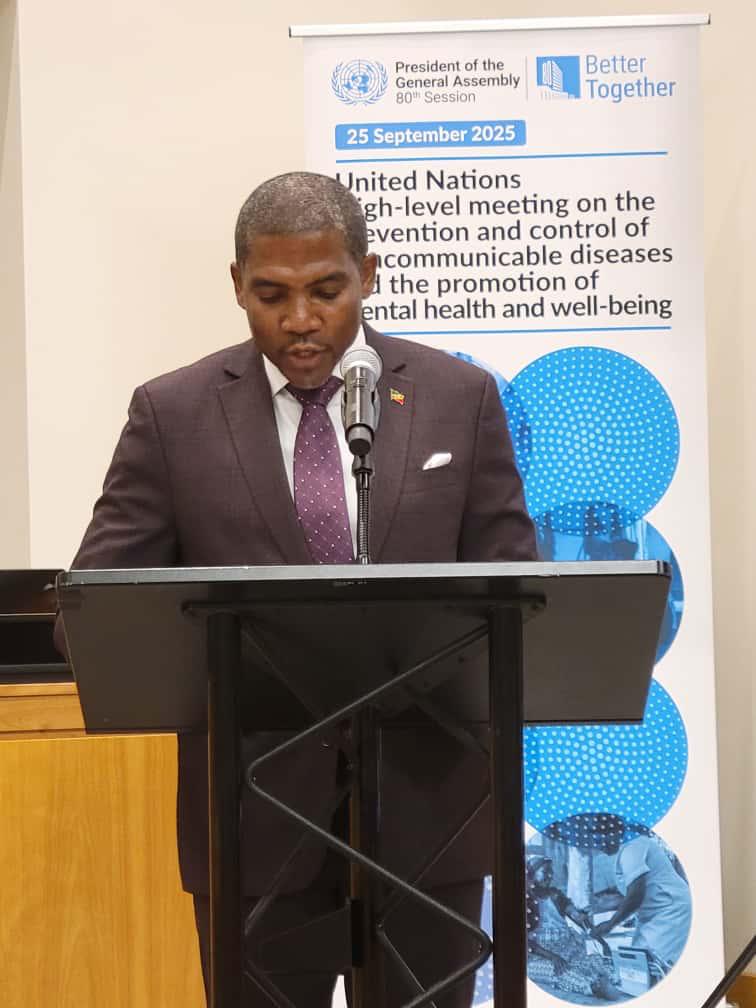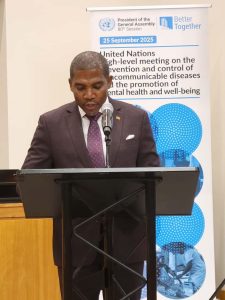Extensive Staff Reductions at USAID Following Legal Ruling.
The dramatic dismissal of 2,000 USAID employees and the forced leave of nearly all remaining staff by former President Donald Trump represents a seismic shift in the landscape of US foreign aid and international development. This drastic action, following a federal court ruling that dismissed a lawsuit filed by USAID employees, effectively grants the Trump administration carte blanche to restructure the agency, raising immediate concerns about the future of humanitarian efforts and global diplomatic initiatives. The scale of these dismissals is unprecedented in USAID’s history, potentially crippling key programs and significantly altering America’s role on the world stage. The move has sparked a fierce debate, with critics decrying the potential damage to vital aid programs and Trump supporters lauding the action as a necessary step to streamline bureaucracy and reorient foreign aid priorities.
The immediate impact of this workforce reduction is likely to be widespread disruption to ongoing USAID projects, impacting both the delivery of humanitarian aid and the implementation of long-term development programs. The sudden loss of experienced personnel, coupled with the uncertainty surrounding the agency’s future direction, creates a vacuum in leadership and technical expertise, potentially jeopardizing critical support for vulnerable populations across the globe. This disruption could range from delayed distribution of essential resources like food and medical supplies to the interruption of crucial infrastructure projects in developing nations. Furthermore, the mass firings send a shockwave through the international development community, potentially undermining trust in the reliability and continuity of US foreign assistance.
Beyond the immediate operational challenges, the drastic restructuring of USAID raises fundamental questions about the underlying philosophy and strategic objectives of US foreign aid. Critics argue that this move reflects a broader trend within the Trump administration to disengage from international commitments and prioritize domestic interests above global cooperation. They express concerns that this downsizing of USAID weakens America’s soft power and diminishes its ability to address global challenges collaboratively. Conversely, supporters of the restructuring view it as a necessary corrective to a bloated and inefficient bureaucracy, arguing that a leaner, more focused USAID can be more effective in achieving its core mission. They maintain that the overhaul provides an opportunity to re-evaluate existing programs, prioritize strategic partnerships, and ensure that US foreign aid aligns with the administration’s broader foreign policy objectives.
The legal battle leading up to the dismissals underscores the contentious nature of this restructuring effort. The lawsuit filed by USAID employees challenged the legality of the administration’s actions, arguing that the mass firings violated established procedures and undermined the agency’s ability to fulfill its mandate. Judge Carl Nichols’ decision to dismiss the lawsuit removed the legal impediment to the administration’s plans, paving the way for the sweeping changes now underway. This legal victory for the Trump administration, however, is unlikely to quell the controversy surrounding the USAID overhaul. The debate over the future of US foreign aid will continue to play out in the political arena, impacting both domestic policy discussions and international relations.
The long-term consequences of this dramatic restructuring of USAID remain uncertain. Depending on the agency’s future direction and the allocation of resources, the impact could range from a temporary setback in aid delivery to a fundamental shift in US foreign policy. The loss of institutional knowledge and experienced personnel could hinder the agency’s ability to design and implement effective programs, while the uncertainty surrounding future funding levels could discourage potential partners and beneficiaries. Furthermore, the reduced US presence in the international development arena could create a void that other nations, including China and Russia, may seek to fill, potentially reshaping the global landscape of development assistance.
The USAID firings represent a pivotal moment in the evolution of US foreign aid policy. The scale and speed of the changes, coupled with the contentious political context, have created a period of profound uncertainty for both the agency and the broader international development community. The decisions made in the coming months regarding USAID’s future structure, priorities, and leadership will have far-reaching implications for America’s role in the world and its ability to address pressing global challenges. The world watches closely as the future of US foreign aid hangs in the balance.
Share this content:












Post Comment